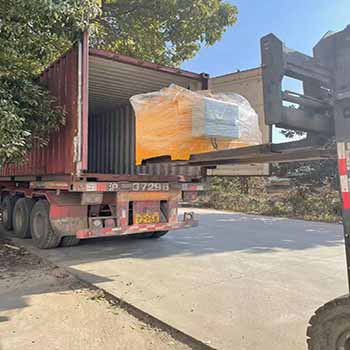During the material conveying stage, loose materials are fed into the feed port of Horizontal Baler through manual feeding, belt conveyor or other automatic conveying devices. The design of the feed port is usually large, which is convenient for materials of various shapes and volumes to enter, laying the foundation for subsequent compression.
After the material enters the machine, it enters the key compression molding link. This link relies on the cooperation of the hydraulic system and the compression chamber. As the "power heart" of Horizontal Baler, the hydraulic system pressurizes the hydraulic oil through the oil pump and drives the hydraulic cylinder to generate a strong thrust. The push plate in the compression chamber is pushed by the hydraulic cylinder to squeeze the material to the inside of the chamber at a constant pressure. As the material is continuously compressed, the volume gradually decreases and the density continues to increase. During this process, the shape and size of the compression chamber are crucial to the final molding of the material, and the closed cavity structure ensures that the material will not overflow when compressed.
When the material is compressed to the set size and density, it enters the bundling and unloading stage. At this time, the bundling system starts, automatically wraps the bundling belt around the compressed material bag, and fastens it by hot melting, snapping, etc. to prevent the material bag from loosening. After bundling is completed, the side door of the compression chamber opens, and the push plate moves again to push the formed material bag out of the machine for subsequent handling, storage or transportation.
In addition, the Horizontal Baler is also equipped with a control system for adjusting parameters such as compression force, compression time, and feed speed. Operators can flexibly set these parameters according to the type of material and packaging requirements to ensure that different materials can achieve the ideal packaging effect. It is the orderly collaboration of these links that allows the Horizontal Baler to efficiently achieve the compression and packaging of loose materials.








